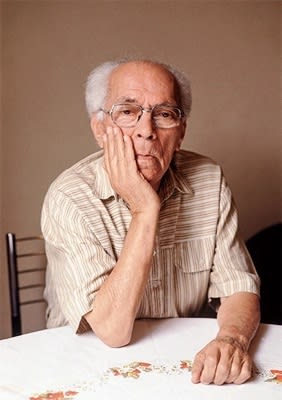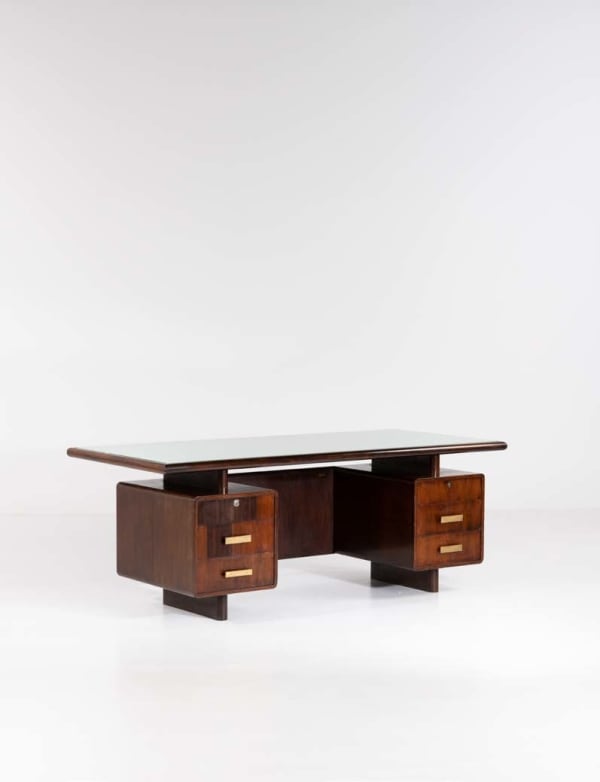Joaquim Tenreiro Portugal-Brazil, 1906-1992
A natural-born WoodMaster
It is a paradoxical destiny that Joaquim Tenreiro, known in Brazil as the Master of the masters among the designers of his generation, the one who allows the wood to express itself with the most subtlety and nobility, "seeks the vocation of its raw material" according to A. Houaiss. Houaiss; this while Tenreiro would like to be a painter or sculptor, passionate as he is for art in general, and that of his time in particular.
From his youth, he received the love of wood as a heritage. Indeed, his father is a cabinetmaker himself, and the most talented of his region in Portugal according to Tenreiro.
With this training in the family cradle in the region of Melo in Portugal, he arrives in Brazil in 1928, and completes his mastery by working for Laubisch & Hirth from 1931 to 1942. There, first as an apprentice and then as a designer, he perfected his skills by being in charge of making furniture of all styles, but he also learned how to work in a team with hundreds of craftsmen with different specialties.
It is also in this house that he acquires confidence in his abilities, having to carry out orders for a new demand that does not find what it is looking for in the company's catalog. This new taste comes first from the upper middle class of the civil service that, living in the new buildings of architects such as Oscar Niemeyer, wants to furnish these modern homes with suitable furniture. The need for novelty, of course, but also for a local anchorage, both for meteorological reasons and because of the appetite that was emerging at that time in Brazil to create a decolonial style in search of a specific identity.
Tenreiro, the first one, will be able to reconcile his expectations, certainly inspired by the European modernists for the pure lines, but that he will lighten by delicate curves, mainly in wood from which he will know how to take the best of the exceptional species that he has at his disposal, as well as using a lot of caning or structure that lets the whole breathe by opening the circulation of the air through his pieces. He thus makes the link in constant balance between high tradition craftsmanship and modernist innovation, a trait that will be found in the influence he will have on other Brazilian modernist design artists, Sergio Rodrigues in particular.
Thus, in 1942, together with a salesman from his company, they set up their own workshop, Lagenbasch & Tenreiro Móveis e Decorações, which lasted until 1969, when Tenreiro, after becoming the most prominent designer in the country, left the profession to concentrate on painting and sculpture.






